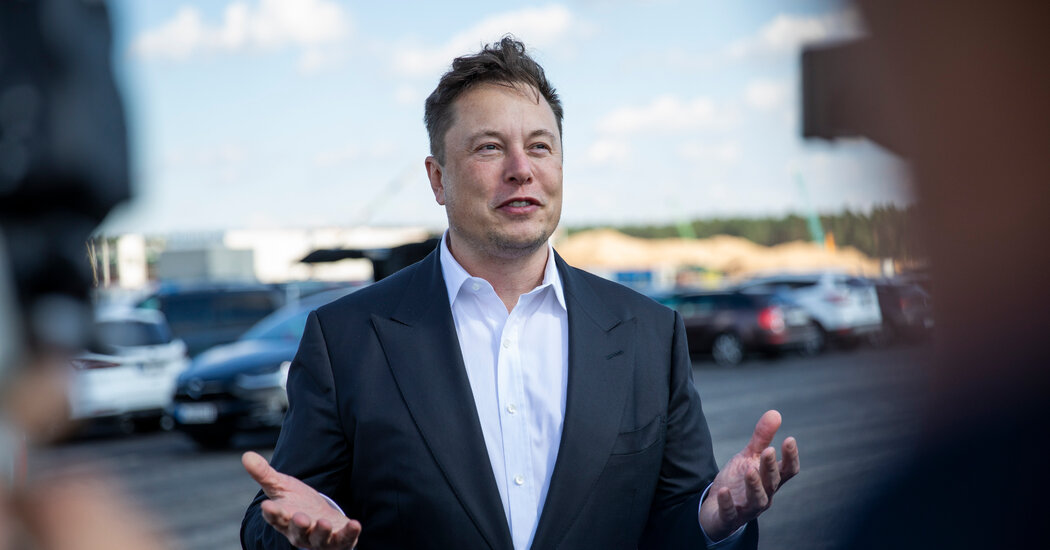
Now that Twitter has sued, Mr. Musk and his lawyers are expected to respond. While the timeline beyond then depends on many factors, the company and Mr. Musk will most likely be called to a hearing in Delaware and go through the discovery process, with the two sides digging up facts they believe are relevant to the case.
The case may then move to a trial, though there is a chance the judge assigned to the case will dismiss Mr. Musk’s efforts to walk away. If the suit proceeds to trial, the judge will decide whether Twitter’s disclosures were insufficient and constituted a material harm to the deal.
In the past, Delaware’s Chancery Court has prevented companies from trying to walk away from deals. In 2001, for example, when Tyson Foods tried to back out of an acquisition of the meatpacker IBP, the court ruled that Tyson had to follow through with the agreement. In situations where the court has allowed buyers to exit, it has required them to pay damages. By most readings of Twitter’s contract with Mr. Musk, damages would be capped at $1 billion.
Twitter and Mr. Musk have assembled legal teams to duke it out. Leading Twitter’s efforts in Delaware is William Savitt, a lawyer at Wachtell, Lipton, Rosen & Katz. Wachtell Lipton is famous for, among other things, developing legal tactics to protect companies from hostile buyers, like the so-called poison pill that Twitter originally put in place to defend itself against Mr. Musk.
Mr. Savitt has experience before Delaware’s Chancery Court and previously defended companies against the likes of Carl Icahn and Pershing Square, the investment firm run by the billionaire William Ackman. But Mr. Musk is unlike any other corporate raider who preceded him, making him a particularly complex opponent.
Mr. Musk’s legal team includes his personal lawyer, Alex Spiro, as well as lawyers from Skadden, Arps, Slate, Meagher & Flom. Skadden is a go-to corporate law firm, with ample experience arguing cases in front of the Delaware court, including the attempt by the luxury giant LVMH Moët Hennessy Louis Vuitton to break up its $16 billion deal to acquire Tiffany & Company. Skadden’s client, LVMH, ultimately shaved about $420 million off its purchase price.
Mike Isaac contributed reporting and Jack Begg contributed research.




